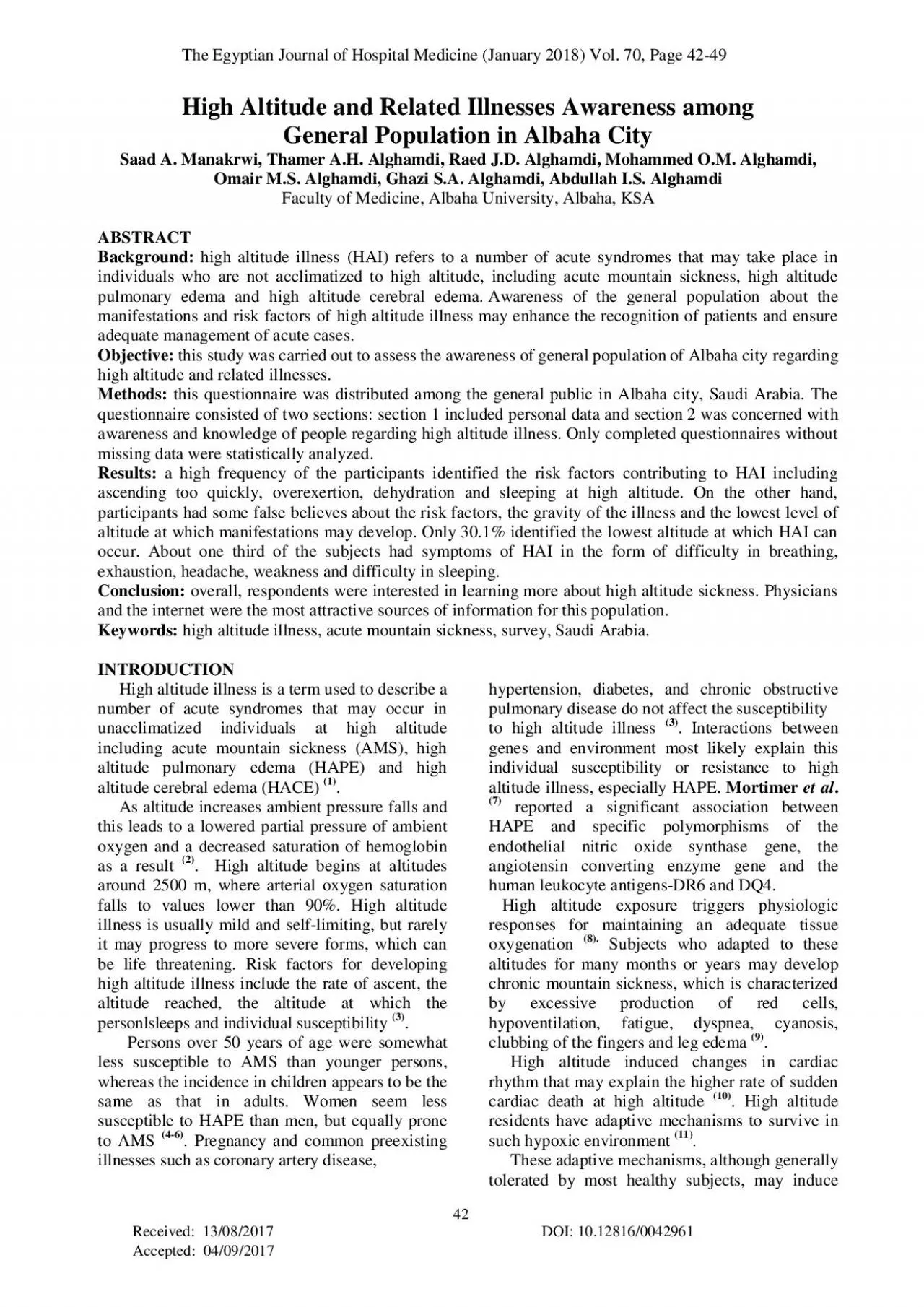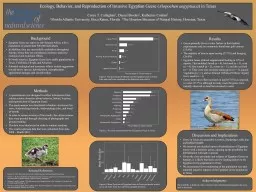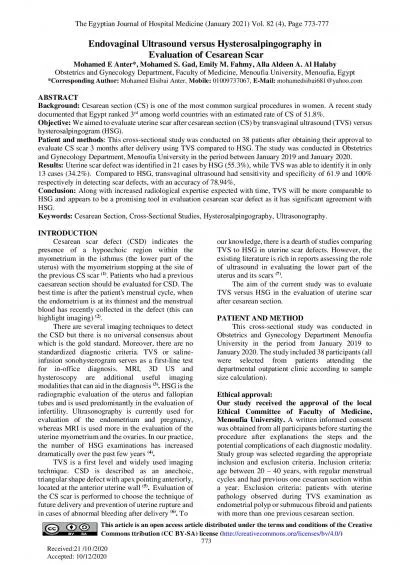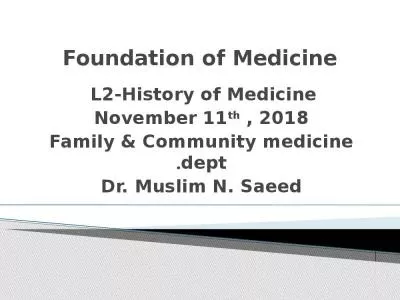PDF-The Egyptian Journal of Hospital Medicine
Author : eloise | Published Date : 2022-10-28
January 2018 Vol 70 Page 42 49 42 Received 1308 20 17 DOI 10128160042961 Accepted 0409 20 17 High Altitude and Related Illnesses Awareness among General Population
Presentation Embed Code
Download Presentation
Download Presentation The PPT/PDF document "The Egyptian Journal of Hospital Medicin..." is the property of its rightful owner. Permission is granted to download and print the materials on this website for personal, non-commercial use only, and to display it on your personal computer provided you do not modify the materials and that you retain all copyright notices contained in the materials. By downloading content from our website, you accept the terms of this agreement.
The Egyptian Journal of Hospital Medicine: Transcript
Download Rules Of Document
"The Egyptian Journal of Hospital Medicine"The content belongs to its owner. You may download and print it for personal use, without modification, and keep all copyright notices. By downloading, you agree to these terms.
Related Documents














